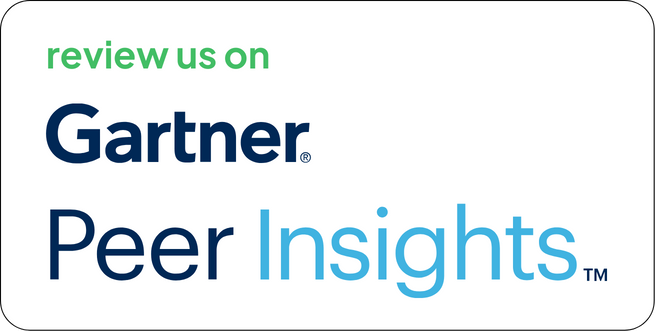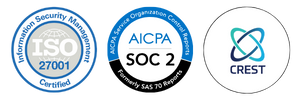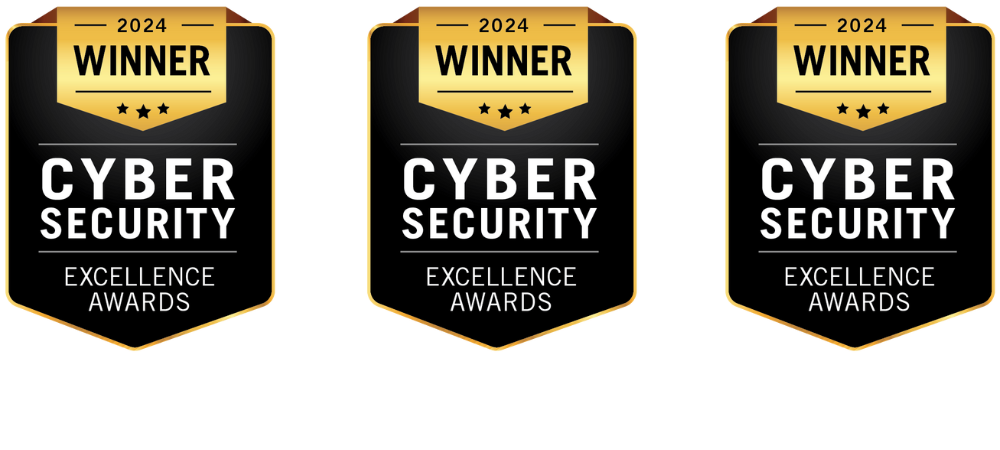Modern software supply chains introduce third-party components at every turn, such as open-source libraries, container images, and internal artifacts. Tools like JFrog Xray help teams identify vulnerabilities early in the build pipeline, but surfacing issues isn’t the end goal. The actual challenge is acting on those findings with consistency, context, and speed.
That’s where the Strobes integration steps in. Strobes connects directly with JFrog Xray, translating raw vulnerability data into prioritized, assignable tasks that feed into automated workflows. It eliminates redundancy, surfaces the findings that matter, and equips security and DevOps teams to respond at scale.
Let’s walk through what this integration delivers, how it works, and why it matters.
What Is JFrog Xray?
JFrog Xray performs deep artifact analysis across binaries stored in JFrog Artifactory. It scans containers, packages (e.g., Maven, NPM), and software builds for known vulnerabilities and license compliance violations.
Key capabilities include:
- Deep component analysis and dependency resolution
- CVE-based vulnerability detection across third-party and transitive dependencies
- Continuous scanning with policy enforcement
- Tight CI/CD integration and metadata tagging
But while Xray provides strong visibility into risks during the build phase, it doesn’t offer:
- Business-contextual risk prioritization
- Cross-scanner correlation
- Workflow automation for ticketing and tracking
- Centralized reporting across multiple scanners and assets
This is where most security programs run into scale and coordination issues.
What Is Strobes?
Strobes is a CTEM (Continuous Threat Exposure Management) platform built to consolidate findings from multiple sources, enrich them with contextual insights, and orchestrate workflows for remediation.
Strobes includes:
- Risk-Based Vulnerability Management
- Continuous Penetration Testing
- Application Security Posture Management
- Asset Inventory and Attack Surface Management
Strobes integrates with tools like Xray, Snyk, Nessus, Fortify, and others to:
- Deduplicate redundant findings
- Correlate vulnerabilities across infrastructure and code
- Rank issues based on exploitability and business sensitivity
- Push prioritized items into workflows tied to ownership and SLAs
The outcome is reduced triage overhead and increased alignment between discovery and resolution.
The Purpose of JFrog Xray Integration with Strobes
This integration is designed for teams that:
- Use JFrog Xray for artifact and container security
- Need to centralize visibility across AppSec and InfraSec tools
- Want to reduce developer fatigue by eliminating duplicate or low-priority issues
- Require automated ticketing and dashboarding across security workflows
By connecting JFrog Xray directly to Strobes, teams gain a structured way to manage third-party risk inside a broader vulnerability lifecycle.
What the Integration Actually Does
1. Data Ingestion from JFrog Xray
Strobes connects to the Xray API to pull:
- Artifact metadata: package name, version, repository
- Vulnerability details: CVEs, CVSS scores, severity, remediation info
- Scan attributes: policy violations, impacted components, timestamp data
This data can be pulled on demand or via scheduled syncs (e.g., every 6 hours, daily).
2. Normalization and Deduplication
Once imported, Strobes processes and normalizes all findings:
- Same CVE flagged on multiple builds or components? Merged.
- Repeated results across overlapping scans? Deduplicated.
- Previously remediated but recurring issues? Tracked as regressions, not duplicates.
This ensures teams don’t waste time triaging repeat entries or false positives.
3. Risk Scoring and Prioritization
Strobes re-evaluates each finding using:
- Exploit data: Is the CVE being weaponized in active threat campaigns?
- Asset impact: Is the artifact used in production or dev-only workloads?
- Business function: Does the repository relate to finance, PII, or regulated systems?
This generates a risk score that reflects the actual exposure tied to your environment, not just what the CVSS rating says.
4. Workflow Integration
Findings from Xray are routed into structured workflows:
- Auto-ticketing in Jira, Azure Boards, or ServiceNow
- Assignment rules based on asset tags, teams, or criticality
- SLA tracking and breach alerts
- Notifications via Slack, email, or Microsoft Teams
- Optional validation via follow-up scans or manual review
All updates are tracked and reflected in real time.
5. Centralized Dashboards and Reporting
Instead of toggling between Jenkins logs, Artifactory metadata, and scan exports, teams get:
- Filterable vulnerability lists grouped by source
- Trend analysis of open vs. resolved issues
- Heatmaps by repository, product line, or team
- Compliance dashboards mapped to ISO, NIST, and PCI
Dashboards can be customized for engineers, GRC teams, or leadership.
Key Advantages of JFrog Xray Integration with Strobes
1. Clears Out the Noise
Component security generates high volumes of CVEs. Many are low-priority or duplicated across builds.
Strobes:
- Deduplicates recurring issues
- Collapses duplicate CVEs across environments
- Tracks status of reopened or regressed findings
This frees up triage capacity and reduces alert fatigue.
2. Contextualizes Component Vulnerabilities
JFrog Xray flags issues, but without additional context, it’s hard to tell:
- Is this used in production or test?
- Is it linked to an externally-facing service?
- Has it been exploited in the wild?
Strobes layers in exploit feeds, asset intelligence, and historical fix records to create a clearer risk profile.
3. Accelerates Remediation
Instead of passing spreadsheets or exporting reports, teams use:
- Automated ticket creation based on business rules
- SLA timers linked to vulnerability severity
- Ticket updates tied to validation or scanner results
This ensures vulnerabilities are routed to the right owners and resolved on time.
4. Aligns Reporting Across Functions
Security teams can move beyond raw CVE counts. Strobes provides:
- Board-level metrics (risk trends, SLA compliance, critical findings by asset type)
- Engineering dashboards (open vs. resolved tickets, team-based tracking)
- Audit views (evidence of fix verification, compliance mapping)
This helps teams track what matters and speak the same language across functions.
5. Supports Fast-Moving Teams
Whether you scan hourly or push to production 10 times a day, this integration keeps up:
- Syncs findings automatically
- Tracks regression and remediation cycles
- Keeps dashboards current without manual input
- Works across hybrid environments containers, cloud, and on-prem
It scales with your team, not the other way around.
What You Gain from JFrog Xray Integration with Strobes
| Challenge | Solved by |
| Repetitive findings and duplicates | Deduplication and correlation logic |
| Lack of prioritization context | Risk scoring based on asset sensitivity and exploit data |
| Manual tracking of remediation | Auto-ticketing, SLA timers, status updates |
| Siloed AppSec and DevOps workflows | Centralized automation and reporting |
| Inconsistent reporting | Unified dashboards with compliance mapping |
| Time lost triaging non-critical items | Contextual filtering and ranked queues |
Who Uses This Integration?
JFrog Xray Integration with Strobes is suited for:
Teams using JFrog Xray for component and container scanning
DevSecOps orgs managing large pipelines and microservices
Enterprises needing alignment between application security and infrastructure
Regulated industries with audit-ready workflows
Final Thoughts
JFrog Xray identifies component risks. Strobes tells you which ones matter and gets them fixed.
This integration transforms build-time scan results into actionable, trackable remediation steps across your systems. If your team is buried under a mountain of CVEs or struggling to assign ownership, this is a critical piece of the solution.
Want to see it in action?
Contact Our Team to explore how Strobes fits into your artifact security workflows.





